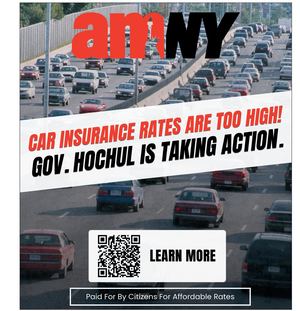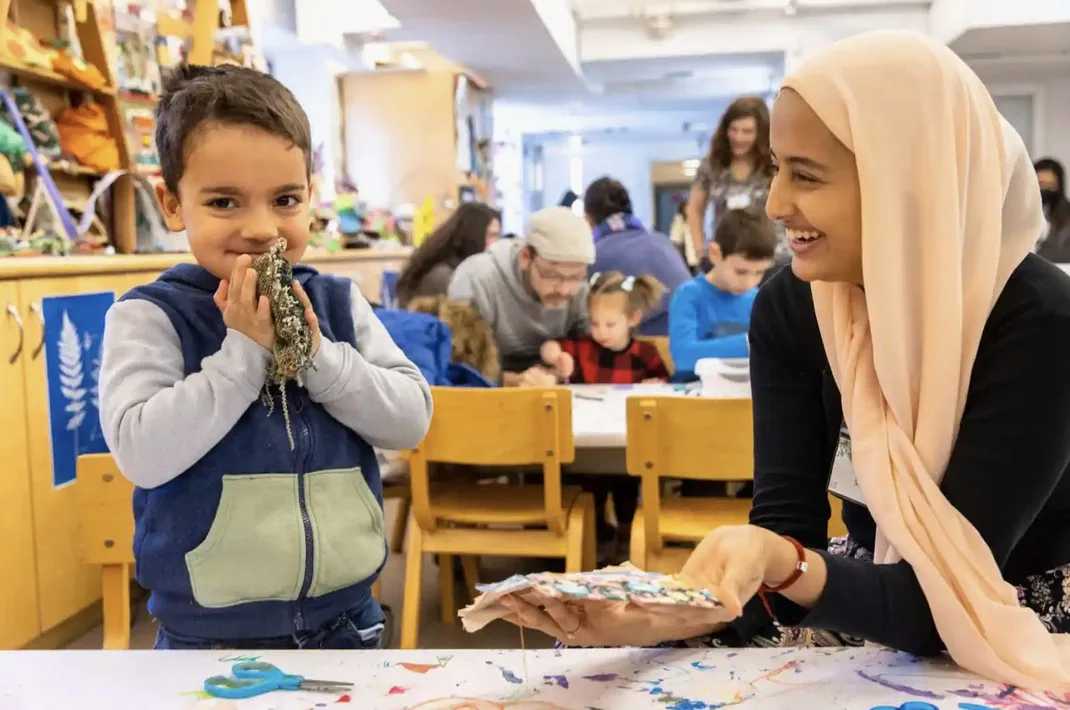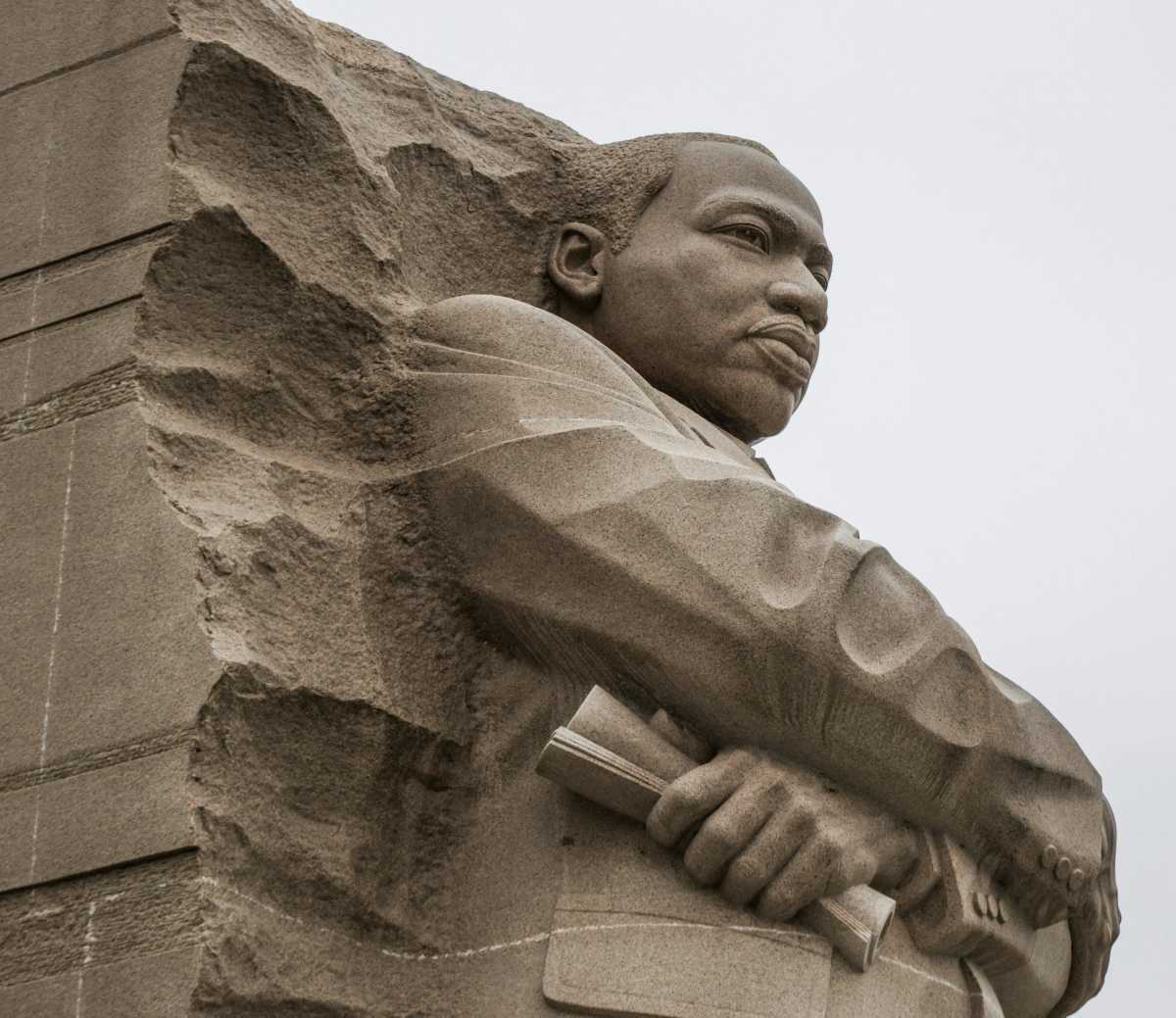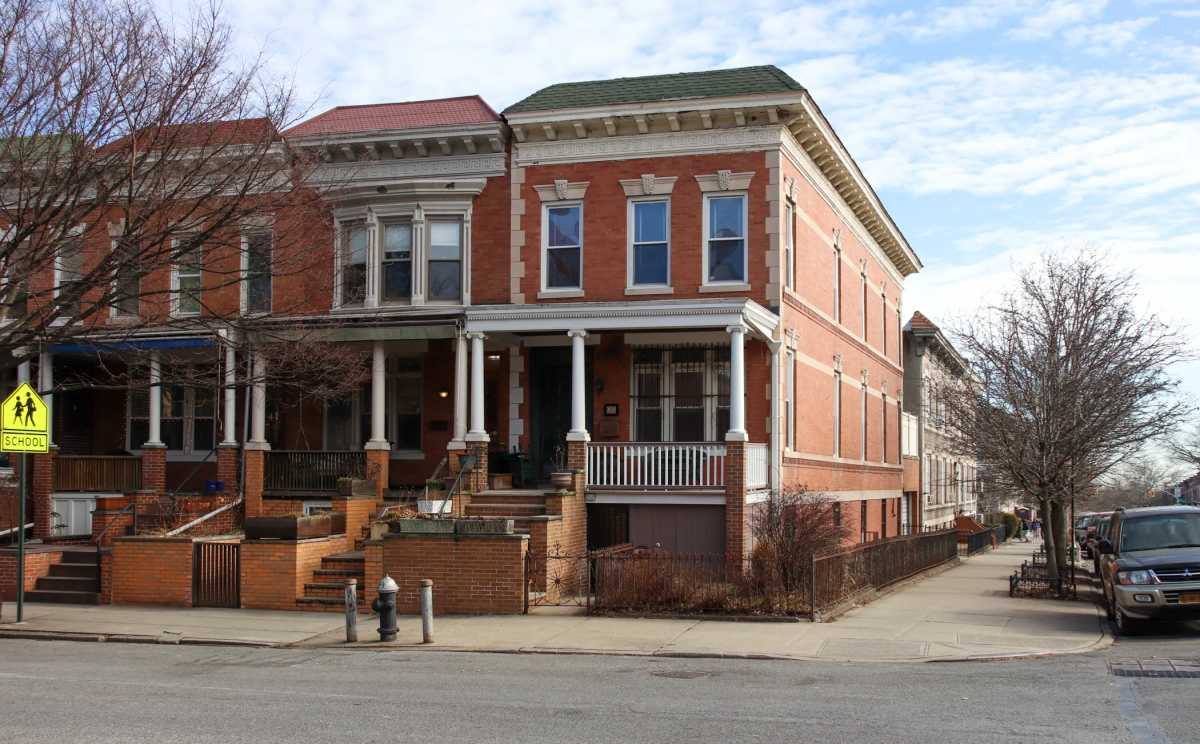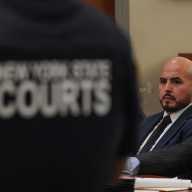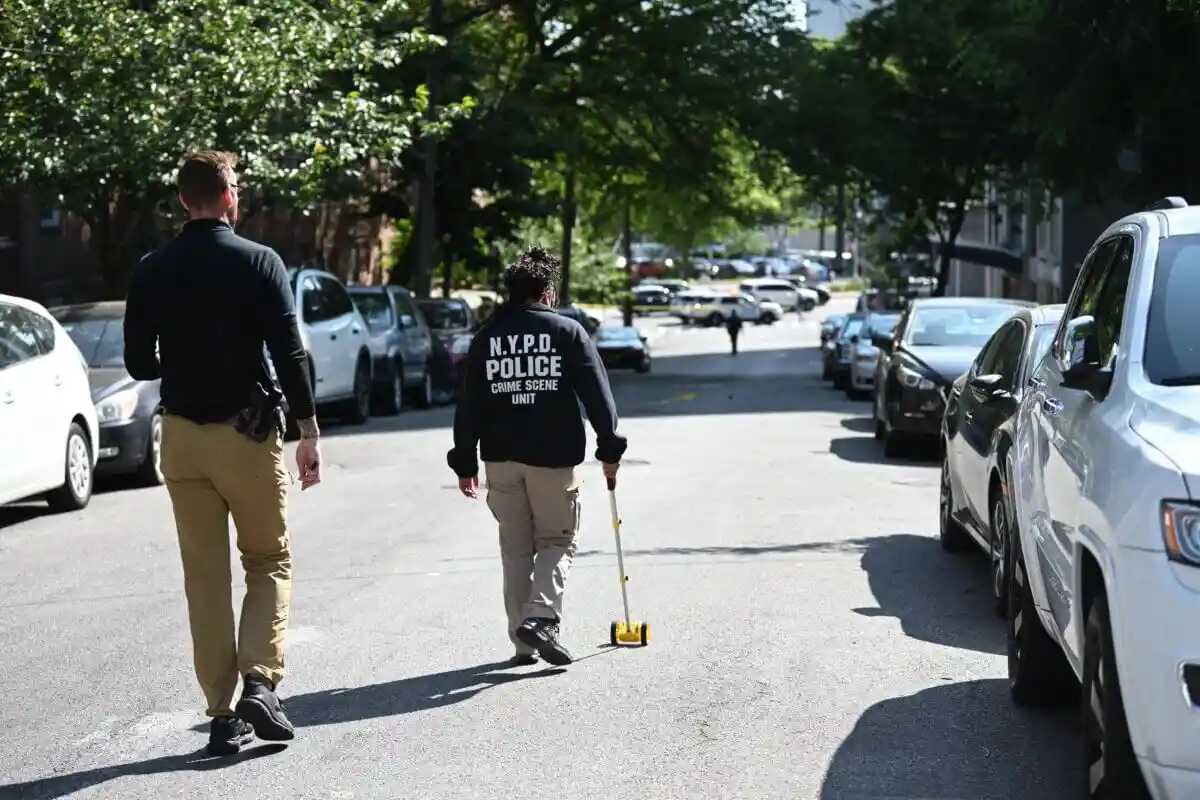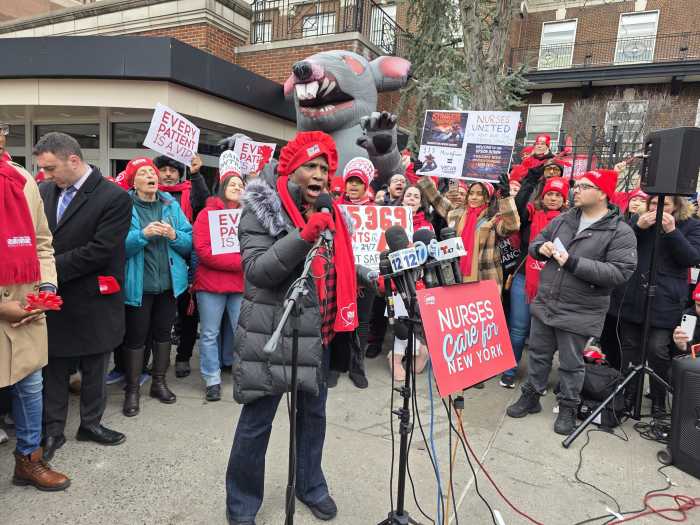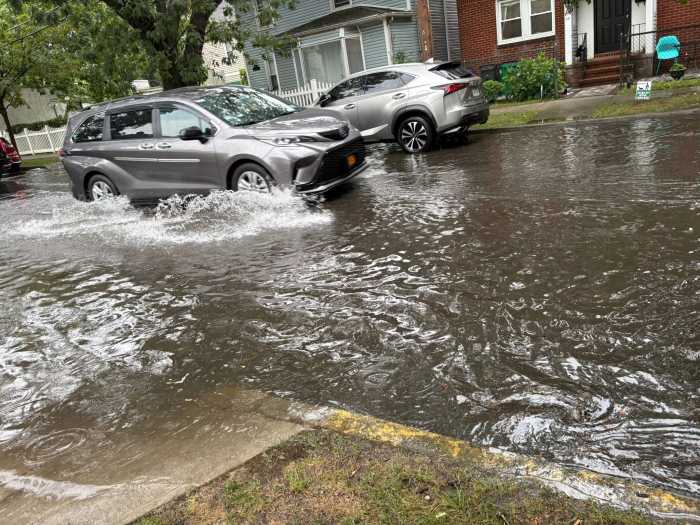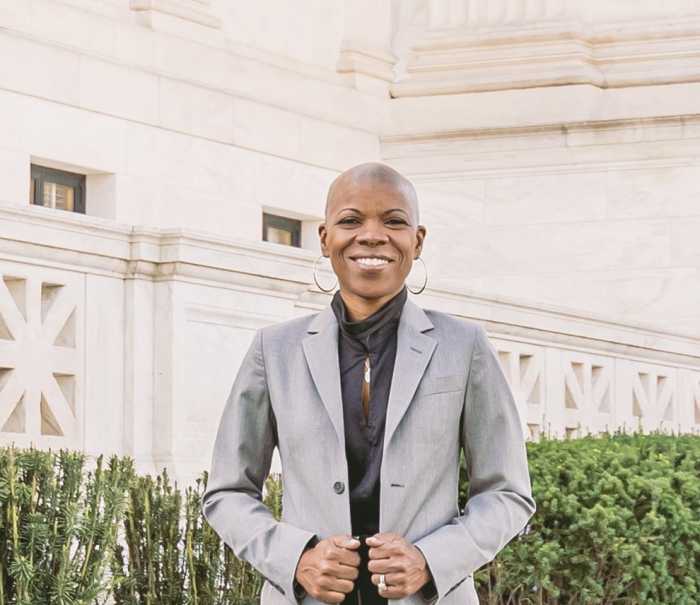When the Rev. Dr. Martin Luther King Jr. came to New York City, it usually meant something important was going to happen.
The legendary civil rights leader gave his powerful and controversial speech against the war in Vietnam at Riverside Church in 1967. Mayor Robert Wagner sought his counsel after the shooting of a 15-year-old boy by an off-duty police officer sparked riots. King joined other leaders in New York City to help plan the historic March on Washington.
Fifty years after King’s assassination, historians and community leaders are reflecting on his legacy and how it continues today. A new exhibit at the Museum of the City of New York examines King’s impact on the city and the time he spent here.
The exhibit opens Saturday, ahead of the national holiday on what would have been King’s 89th birthday.
“New York City played a major role in the establishment of Martin Luther King Jr. as a national figure and giving his voice a national platform,” said Wallace Ford, a professor and chairman of the Department of Public Administration at Medgar Evers College’s School of Business.
Ford pointed out that King also received some vital early support from major ministries and groups in Brooklyn as well as Harlem.
“A lot of important work happened in New York,” said Sarah Seidman, the Puffin Foundation Curator of Social Activism at the Museum of the City of New York, who curated the exhibition.
Along with speeches, public appearances and media coverage, New York was where King spent time getting legal advice, strategizing and fundraising.
“That behind the scenes activity helped make the civil rights movement what it was,” she added.
An early attempt on King’s life took place in the city. A deranged African-American woman stabbed him in the chest with a letter opener during a Harlem book signing event in 1958. Wagner later declared King an honorary New Yorker after he won the Nobel Peace Prize in 1964 and hosted a celebration
Seidman worked with Sean Corcoran, the museum’s curator of prints and photographs, to cull through the museum’s archives as well other collections from around the city.
“We found and juxtaposed together an array of photos that had not really been shown together to illuminate his vision and how New York was a critical staging ground,” she said.
The exhibit includes speeches and events he attended in the city in the 1950s though his death in 1968. It also explores the aftermath of his assassination and how New Yorkers mourned, grieved and protested.
While he is now almost universally praised as an icon, King often ruffled feathers — even among his colleagues in the civil rights movement and white liberals.
In his eloquent speeches to the Urban League in 1960 and at the City College commencement in 1963, King highlighted the prevalence of segregation in the North and reminded New Yorkers that problems of racism were not exclusive to states in the South, said Jeanne Theoharis, CUNY distinguished professor of political science at Brooklyn College.
“He called out systematic racial injustice in New York,” said Theoharis, author of the upcoming book “A More Beautiful and Terrible History: The Uses and Misuses of Civil Rights History.”
His 1967 speech at Riverside Church against the Vietnam War was a game-changer. But while it set a strong argument for an end to the war, it also drew the wrath of some supporters and The New York Times which ran an editorial criticizing him
“There was a fear it would compromise his civil rights work,” said Theoharis. “There was a lot of trepidation about that.”
Seidman said King was a much more complex and even radical person than is often remembered.
“New York was also a very logical place for King to emphasize questions, not just of racism but of poverty and critiques of capitalism and U.S. policies abroad.”
The exhibit also examines the protracted fight to recognize King’s birthday as a national holiday.
“It’s a good reminder that even in his death, his legacy challenges so much of the status quo in pushing for more equality and a fair society in ways that were challenging,” Seidman said.
Correction: An earlier version of this article had an incorrect date for the exhibit’s launch. The correct opening day is Saturday.
